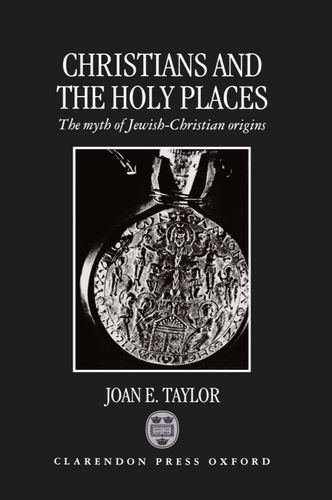
Christians and the Holy Places The Myth of Jewish-Christian Origins
The origins of Christian holy places in Palestine and the beginnings of Christian pilgrimage to these sites have seemed obscure. From a detailed examination of the literature and archaeology pertaining to specific sites and the region in general, the present author finds no evidence thatChristians of any kind venerated 'holy places' before the fourth century. It appears that scholarly Christians had visited certain Biblical sites out of historical and exegetical concerns, but that these sites were not considered holy, or the visitors as 'pilgrims'. Instead, the origins ofChristian pilgrimage and holy places rest with the emperor Constantine, who established four basilicas in Palestine c. 325-30 and provided two imperial matrons, Helena and Eutropia, as examples of a new kind of pious pilgrim. Pilgrimage to intrinsically sacred shrines had been a pagan practice,which was grafted on to Christianity. Many Jewish, Samaritan, and pagan sites were thereafter appropriated by the church and turned into Christian holy places. This process helped to destroy the widespread paganism of Palestine and mark the country as a 'holy land'. Very few sites are genuine,the most important being the cave (not Garden) of Gethsemane, in which Jesus was probably arrested.